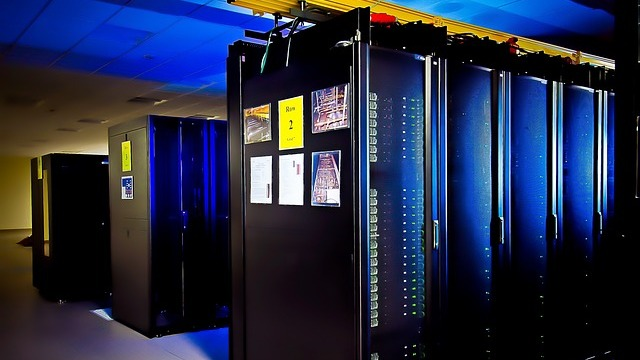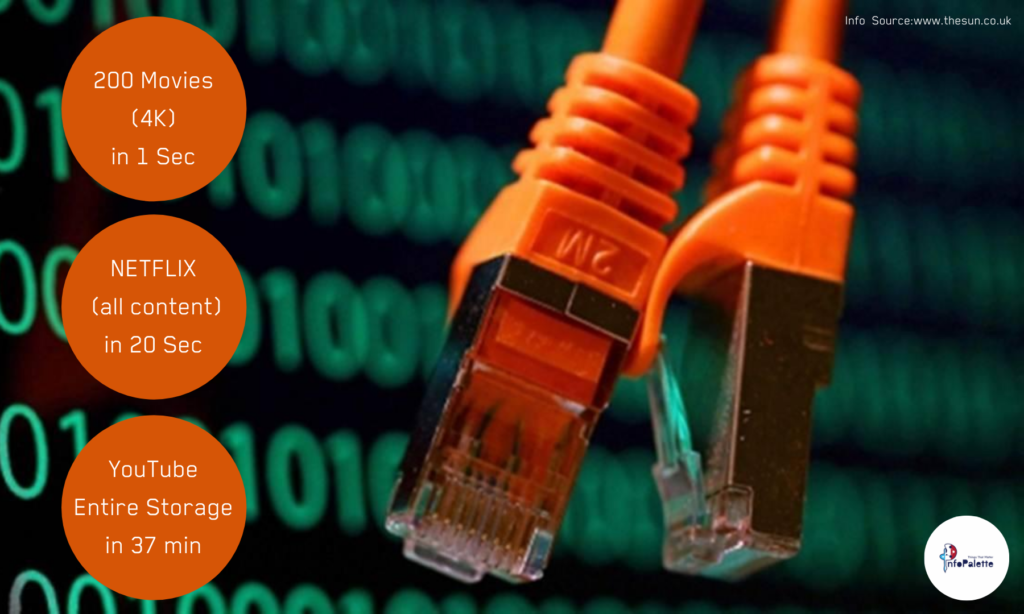Record-Breaking Internet Speed
This new record is five times faster than the previous record.

Post by Sanjay Timilsena - Published at 2/5/2023
The research team of Dr. Lidia Galdino from the Electronic & Electrical Engineering department achieve a data transmission rate of 178 terabits per second working with two companies, and . This new record is five times faster than the previous record.

At double the capacity of any system currently deployed in the world, the speed was close to the theoretical limit of data transmission set out by American mathematician Claude Shannon in 1949. At this speed, it would be possible to download the entire Netflix library in seconds.
It was achieved by transmitting data through a much wider range of colors of light, or wavelengths than is typically used in optical fiber, the researchers said. They combined different amplifier technologies needed to boost the signal power over this wider bandwidth and maximized speed by developing new Geometric Shaping (GS) constellations, manipulating the properties of each individual wavelength.

GS constellations are patterns of signal combinations that make the best use of the phase, brightness, and polarisation properties of the light. The benefit of the technique is that it can be deployed on already existing infrastructure cost-effectively, by upgrading the amplifiers that are located on optical fiber routes at 40-100km intervals, the researchers said.
The institute claims that the technology is cost-effective too as this method can be put into place with $20,000 approximately compared to the cost of installing new optical cables that amount to $5,89,000. But, there is still time before the tech can be introduced for commercial use.
Internet traffic has increased exponentially over the last 10 years and this whole growth in data demand is related to the cost per bit going down, said who is the lead author of the study. The development of new technologies is crucial to maintaining this trend towards lower costs while meeting future data rate demands that will continue to increase.
‘The development of new technologies is crucial to maintaining this trend towards lower costs while meeting future data rate demands that will continue to increase, with as yet unthought-of applications that will transform people’s lives,’
LIDIA GALDINO | ROYAL ACADEMY OF ENGINEERING RESEARCH FELLOW, LECTURER UCL ENGINEERING
Achieving blinding speeds like this is still a distant dream as this is experimental technology and will take more years for commercial use.
